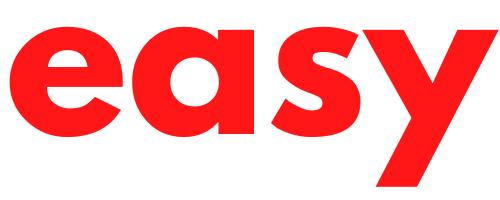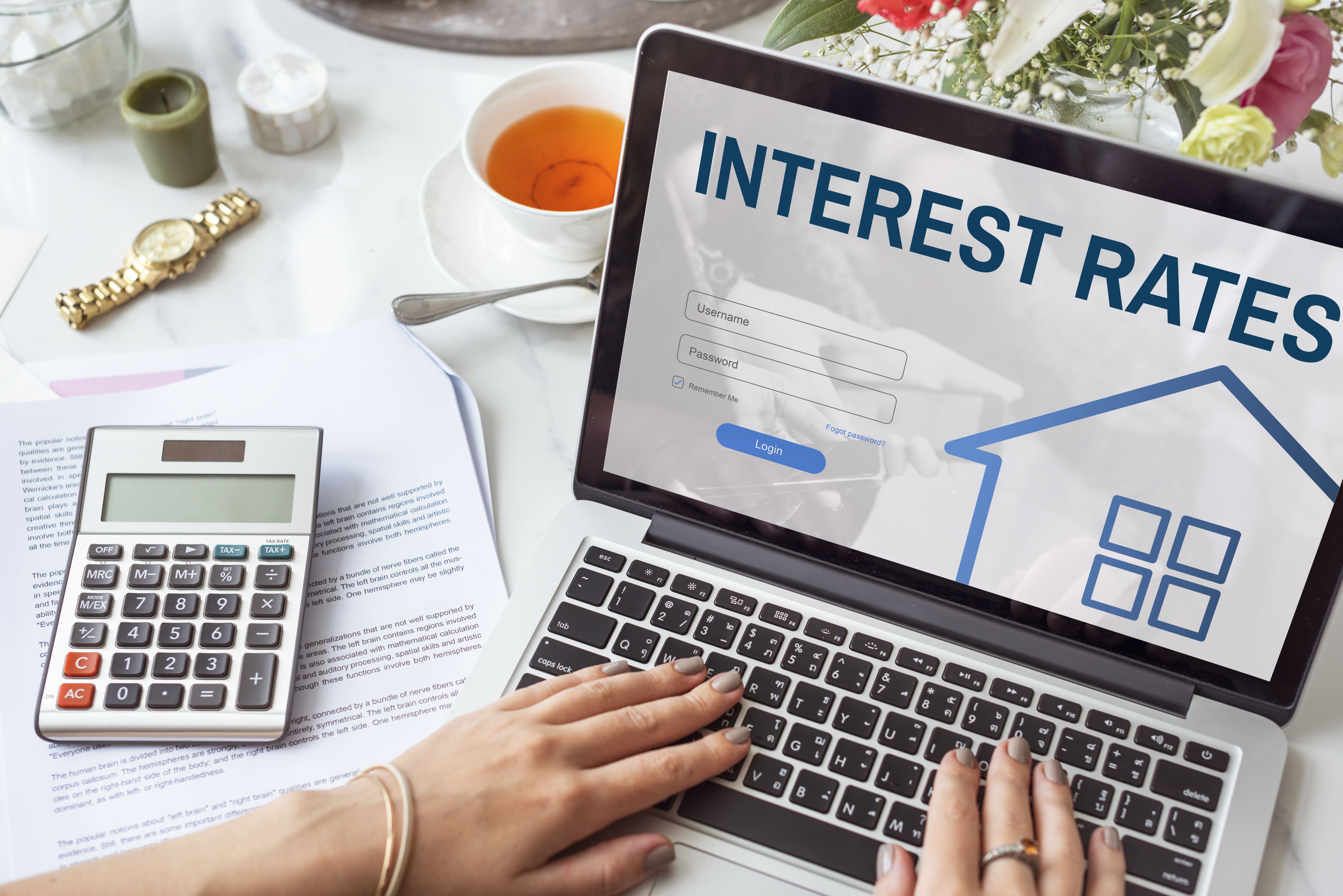What really goes into the rate you’re offered — and how to get the best one
When you apply for a home loan, one of the first things you want to know is: What’s the interest rate?
And when the answer comes — 8.75%, 9.25%, maybe 10% — the obvious next question is, “How did they come up with that number?”
You’re not alone. Most people don’t know that home loan interest rates aren’t just plucked out of thin air. There’s a method to it — one that’s based on your profile, the market, and the lender’s own internal rules.
In this blog, let’s break down how home loan interest rates are calculated in India, what affects them, and how you can improve your chances of getting a better rate — all in simple language.
First, what is an interest rate exactly?
Your home loan interest rate is the cost of borrowing money from a lender. It’s a percentage of the loan amount that you pay in addition to the principal, every month through your EMIs.
Over 15–30 years, even a small difference in rate — say 8.5% vs 9% — can mean lakhs of rupees saved or spent.
That’s why understanding how home loan rates are decided can help you make smarter choices.
So, how do lenders calculate home loan interest rates?
Whether you go to a traditional bank or a digital NBFC like Easy Home Finance, there are a few key factors lenders look at before they offer you a rate:
1. The repo rate set by RBI
This is the base of it all. The Reserve Bank of India (RBI) sets a repo rate — the rate at which banks borrow money. Most lenders add a small margin to this to create what’s called an External Benchmark Lending Rate (EBLR).
So, if the repo rate is 6.5%, and your bank adds 2.25% margin, your floating rate could start around 8.75%. If the repo rate drops, so could your EMI — and vice versa.
2. Your credit score (CIBIL or similar)
Your credit score plays a big role in what rate you get. The higher your score, the more trustworthy you appear to lenders — and the lower the rate they’ll likely offer.
If your CIBIL score is above 750, you may get their lowest advertised rate. But if it’s below 650, you might face a higher rate — or even loan rejection.
This is called risk-based pricing: lower risk = better rates.
3. Your income and job stability
A person with a steady salary, good savings, and no other heavy loans is considered “low risk.” That means the lender might offer them a better interest rate.
But if you’re self-employed or have variable income, the rate might be a bit higher to cover what lenders see as additional risk — unless you have strong financials to back you up.
4. Loan amount and tenure
Sometimes, the size of your loan also affects the rate. Larger loans might attract a lower rate if the borrower is eligible. Similarly, longer tenures may see slightly different pricing than shorter ones, based on the bank’s policy.
5. Lender type: Bank vs NBFC
Yes, NBFC home loan rates can be different from banks. That’s because NBFCs (like Easy Home Finance) are often more flexible with customer profiles — especially for self-employed or first-time borrowers. Their rates may be marginally higher, but they also come with faster approvals and fewer formalities.
Fixed vs Floating: Does it affect the rate?
Yes. In India, floating interest rates are generally lower at the start than fixed interest rates, because fixed rates offer long-term security and don’t change with RBI rate movements.
But with floating rates, your EMI can rise or fall during your loan — depending on the repo rate. Fixed gives you peace of mind, while floating gives you flexibility.
Your choice here also affects what rate you’ll finally pay.
A quick note on APR (Annual Percentage Rate)
You might hear the term APR — which includes not just the interest rate but also fees like processing charges. It gives you the true cost of borrowing.
Always compare APRs between lenders to get a fair picture of what you’ll actually end up paying.
So, how do you get the best rate?
Here are a few tips:
- Check your credit score before applying. If it’s low, consider improving it first.
- Choose a lender that fits your profile. For example, digital lenders often support self-employed and gig workers better than traditional banks.
- Use a co-applicant with good financial standing to strengthen your application.
- Compare multiple lenders — don’t just go with the first offer.
- Look beyond just the rate. Check processing time, ease of repayment, and digital features too.
Final thoughts: It’s not just about the number — it’s about the fit
The interest rate you’re offered isn’t just a flat number — it’s a reflection of your credit profile, income, loan amount, and the type of lender you choose.
Instead of asking “What’s the lowest rate?”, the better question is:
“What’s the best rate for someone like me?”
At Easy Home Finance, we use a modern, paperless approach that looks beyond just your credit score. Our risk-based pricing model gives fair rates even to new-to-credit or self-employed customers — and our process is 100% digital.
So whether you’re planning your first home or switching from another lender, we’ll help you get a rate that makes sense for you.
Want to know what rate you might qualify for?
Try our interest rate checker in minutes — no paperwork, no hard credit pull. Just honest guidance.
Let’s find a smarter way to home ownership — together.
Want to Begin?
Apply for a Home Loan with Easy Home Finance : https://easyhomefinance.in/site/apply
Check Your Eligibility Instantly : https://easyhomefinance.in/loan
Learn More About Our 100% Digital Process : https://www.easyhomefinance.in









Leave a Comment